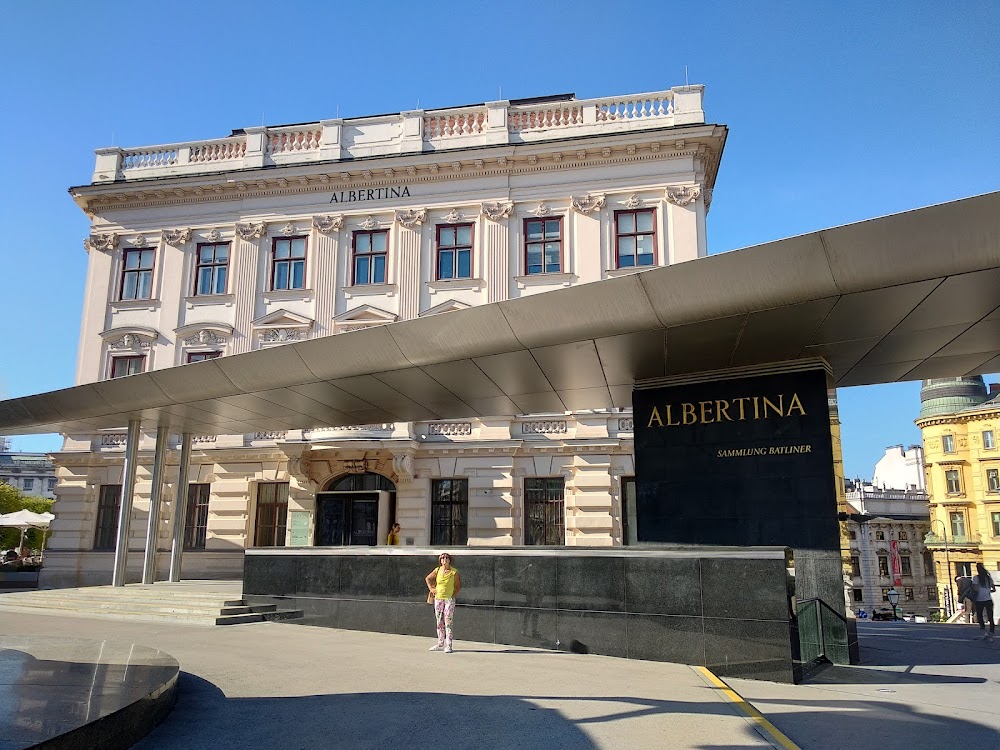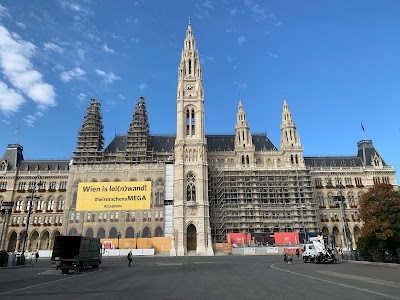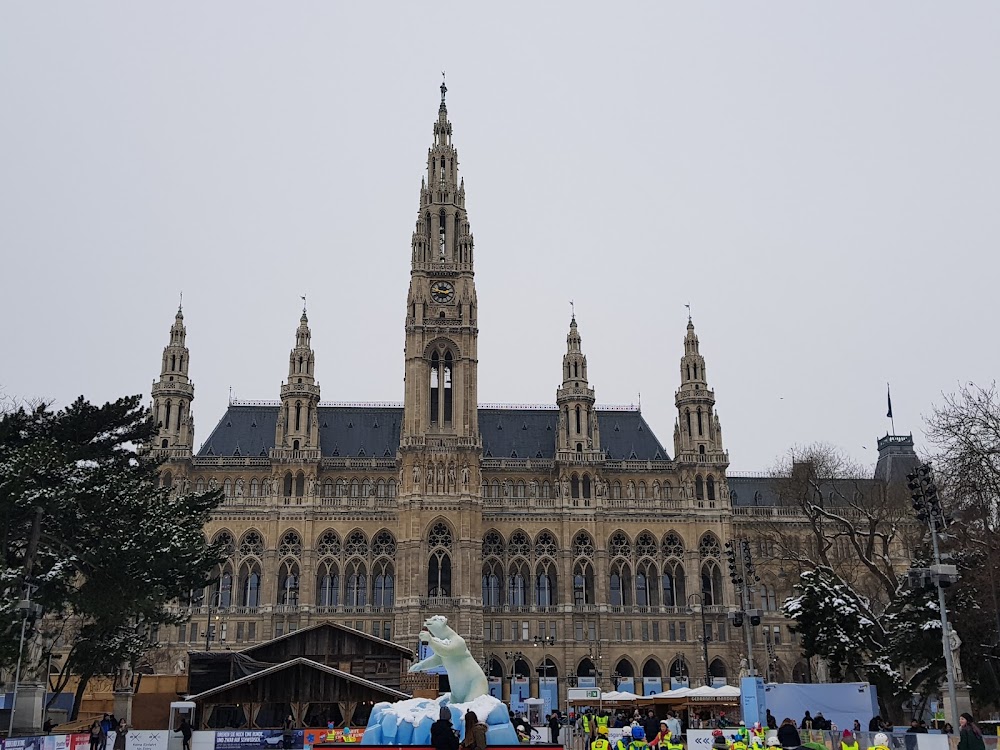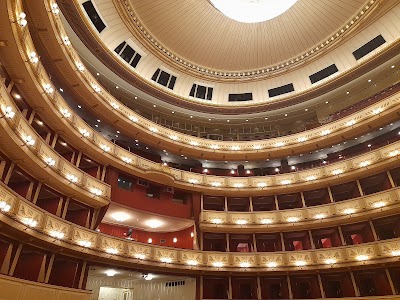St. Stephen's Cathedral (Stephansdom)
Related Places
Overview
St. Stephen's Cathedral, located in the heart of Vienna, Austria, is a stunning example of Gothic architecture and serves as a powerful symbol of the city's rich history and vibrant culture. Dedicated to Saint Stephen, the first Christian martyr, this iconic cathedral has been an integral part of Vienna's life for centuries, drawing visitors and worshippers alike to its majestic presence.
The history of St. Stephen's Cathedral dates back to the 12th century, when the first church on this site was consecrated in 1147, showcasing Romanesque architectural style. However, a devastating fire in 1258 prompted a significant rebuilding effort, leading to the construction of a larger Gothic structure. By the mid-14th century, much of the cathedral's current form was established, marking the beginning of its transformation into a key landmark of the city.
A pivotal phase in the cathedral's development began in 1359 under Duke Rudolf IV, affectionately known as "Rudolf the Founder." His ambitious vision aimed to elevate St. Stephen's Cathedral to the grandeur of other great European cathedrals. This initiative included the construction of the south tower, affectionately nicknamed the "Steffl," which stands at an impressive height of 136 meters (446 feet) and offers breathtaking panoramic views of Vienna.
One of the most striking features of St. Stephen's Cathedral is its beautifully adorned roof, which is covered in 230,000 glazed tiles forming a colorful mosaic pattern. This intricate design showcases the double-headed eagle, the emblem of the Holy Roman Empire, along with the coat of arms of Vienna and the Republic of Austria. The vibrant roof adds a unique charm and character to the cathedral, making it a must-see for anyone visiting the city.
Over the centuries, St. Stephen's Cathedral has endured numerous challenges, including wars and devastating fires. During World War II, in April 1945, the cathedral suffered significant damage due to a fire that led to the collapse of its roof. However, the resilient people of Vienna united to restore this beloved landmark, and by 1952, the roof's restoration was complete. Ongoing preservation efforts continue to protect the cathedral's structure and the artistic treasures it houses.
Inside St. Stephen's Cathedral, visitors will discover a wealth of remarkable artifacts and artworks. Highlights include the ornate stone pulpit and the tomb of Emperor Frederick III, as well as the stunning High Altar, finished in 1647, which showcases intricate carvings and rich religious iconography. The cathedral's interior is also home to several chapels, each uniquely decorated and dedicated to various saints, providing an enriching experience for all who enter.
The cathedral boasts an impressive collection of bells, the most famous of which is the "Pummerin" located in the north tower. Originally cast from cannons captured during the Siege of Vienna in 1683, the original Pummerin was destroyed in the 1945 fire. However, a new Pummerin was cast in 1951, ensuring that this cherished tradition carries on.
St. Stephen's Cathedral is not merely an architectural marvel; it is a vibrant hub of Vienna’s cultural and spiritual life. Regular services, concerts, and special events draw locals and tourists alike, making it a focal point of community engagement. Whether you're admiring the striking exterior, exploring the historic interior, or reveling in the views from the south tower, St. Stephen's Cathedral offers a profound connection to both Vienna’s past and its dynamic present.









